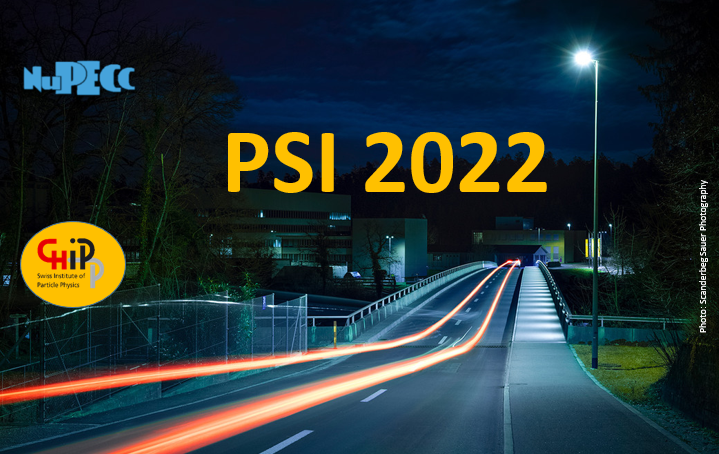Speaker
Description
Experimental efforts to probe new physics by measuring atomic parity violating transitions in a trapped radium ion require at least $0.2\,\%$ knowledge of the radium nuclear charge radius. An experiment at the Paul Scherrer Institute (PSI), pursued by the muX collaboration, aims to determine for the first time the absolute nuclear charge radii of $\mathrm{^{226}Ra}$ and other radioactive elements, such as $\mathrm{^{248}Cm}$, employing the muonic atom spectroscopy method. A muonic atom is formed when a negatively charged muon stops and is captured by the surrounding nuclei in a target. The muon, first captured at some high orbit, cascades down to the ground state of the atom by emitting X-rays. Due to its mass, the muon experiences considerably stronger binding energies compared to the electron with its low-lying states largely overlapping with the nuclear charge distribution. As a result, the energies of the low-lying muonic levels are highly sensitive to the nuclear structure details and the measurement of the muonic X-ray transitions serves as a sensitive probe of nuclear properties such as the charge radius. In 2016, an intermediate measurement was performed with isotopically pure $\mathrm{^{185,187}Re}$ being the last stable element with a non-measured charge radius. The analysis of the $5g \rightarrow 4f$ hyperfine transitions in $\mathrm{^{185,187}Re}$ led to the extraction of their spectroscopic quadrupole moments [1]. Work in $\mathrm{^{185,187}Re}$ on extracting its charge radius based on the $2p \rightarrow 1s$ hyperfine transitions is ongoing. Due to regulations imposing the usage of only microgram quantities of $\mathrm{^{226}Ra}$ and $\mathrm{^{248}Cm}$ in the experimental area of PSI, direct stopping of muons in the radioactive targets is impossible. A technique to transfer muons to microgram quantities of target material has been developed by the muX collaboration employing muon transfer reactions in a high-pressure $\mathrm{D_2/H_2}$ gas mixture. Measurements with $\mathrm{^{226}Ra}$ and $\mathrm{^{248}Cm}$ were performed in 2019 and are currently being analyzed. Although there is no obvious observation of the $\mathrm{^{226}Ra}$ muonic transitions, we are close to determining the absolute charge radius in $\mathrm{^{248}Cm}$, making it the heaviest element measured by means of muonic atom spectroscopy. The status of the muX experiment and the future plans are presented in this contribution.
[1] A. Antognini et al., Phys. Rev. C 101, 054313 (2020).

